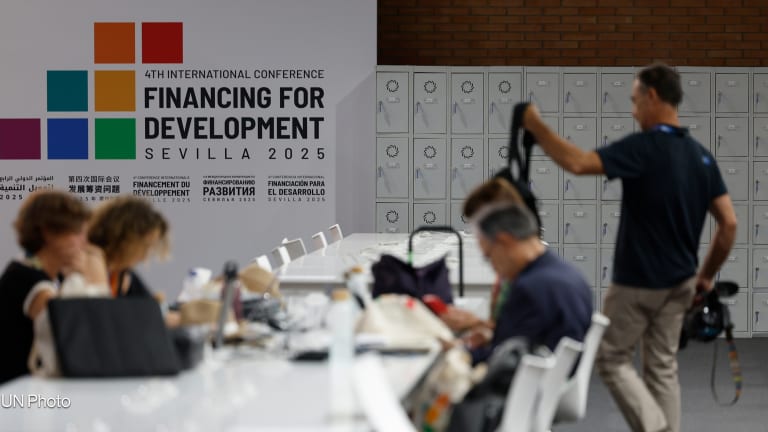The international development community around the world is talking about the power and potential of partnerships.
Governments, bilateral and multilateral funding agencies, implementing companies, civil society organizations, universities, foundations, and private sector organizations are increasingly looking to work together and share development risks, resources and rewards.
No doubt important conversations are happening, but how do organizations take the leap from talking about partnerships to actually forming them?
This story is forDevex Promembers
Unlock this story now with a 15-day free trial of Devex Pro.
With a Devex Pro subscription you'll get access to deeper analysis and exclusive insights from our reporters and analysts.
Start my free trialRequest a group subscriptionAlready a user? Sign in
Printing articles to share with others is a breach of our terms and conditions and copyright policy. Please use the sharing options on the left side of the article. Devex Pro members may share up to 10 articles per month using the Pro share tool ( ).








